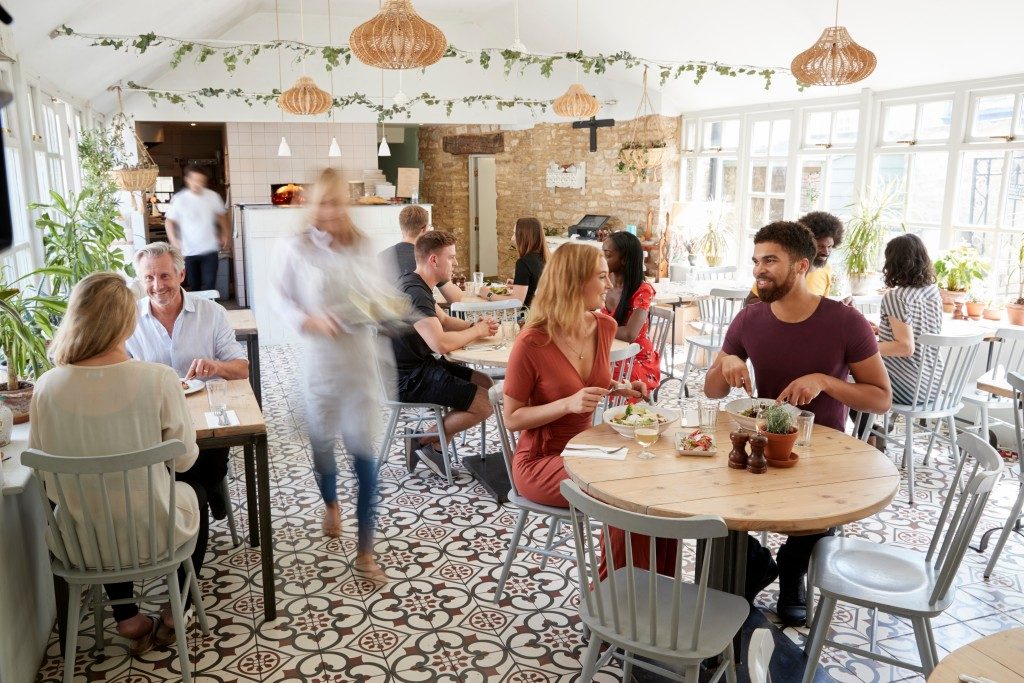Restaurants have responsibilities to the communities they serve. Be it using the freshest quality of produce in their dishes or providing the best seats for a comfortable stay. However, in the grander scheme of things, every restaurant’s social responsibility must be centered on its environmental impact. After all, according to a waste research company called WRAP, the waste produced by the foodservice and hospitality industries are worth 2.87 million tons each year.
From simple acts such as adhering to the proper cooking oil disposal and less use of plastics can make a big difference in the long run. Of course, this does not mean that restaurants should disregard the other factors that make up the social responsibility framework. Sustainable initiatives are one thing, but philanthropic projects, ethical business practices, and economic responsibilities matter as well.
It’s not all giving. The social responsibility framework allows restaurants to receive in return. According to Fast Casual, 59% of consumers consider social responsibility as a trait they look for when deciding which restaurants to should spend their money on.
Finding ways on how to be sustainable is easy. Even without listicles to guide you, your basic knowledge about the environment will lead you towards ideas that can help save the earth. The real challenge lies in the application. Here is the list of challenges which restaurants face before they reach sustainability:
1. The utilization of single-use plastic.
The existence of single-use plastic in a restaurant is not limited to the supplies used in the kitchen and takeaway packaging, it includes supplier deliveries. This is why you must include your suppliers in the advocacy when it comes to fighting against the use of plastic.
Bottled waters, wrappers, straws, and cling film are the basic tools you’ll find in a restaurant. These are also meant for single-use. Despite the fact that these are possible to recycle, finding an alternative is a way to go. With hard work, it’s possible to go plastic-free. However, it will require an initial investment—something you’ll reap in the future as plastic materials are not cheap either.
2. The use of food waste as an ingredient.
This might sound unappealing at first but listen. Imagine making a carbonara dish. You use the egg yolk in the process, but what happens to the egg white? Instead of throwing it away, the egg white will serve as an ingredient to make another dish. It’s the philosophy behind using kitchen scrap. It’s economic and environmental-friendly at the same time.
Furthermore, it motivates and challenges the chefs to concoct new dishes. It gives them the chance to have creative freedom in the kitchen. Similarly, the customers will love the idea that they are supporting a restaurant that has a food waste policy. It’s a quality that should be explained clearly to them through your menu and marketing materials.
3. The search for a sustainable supplier.
As mentioned earlier, your fight requires the aid of your suppliers. To make it easier, choose the ones who are committed to the same cause. And as a business owner, sourcing might be more difficult without a middle man, but going straight to the producers and creating a menu based on seasonal ingredients can have a positive impact on the environment. Being committed to a single vegetable farm, for instance, can support its operations and assure that not a single item will go to waste.
Running an eco-friendly restaurant is not easy, but when you look at the long-term benefits, you’ll see that it’s a victory for both your restaurant and the planet.


